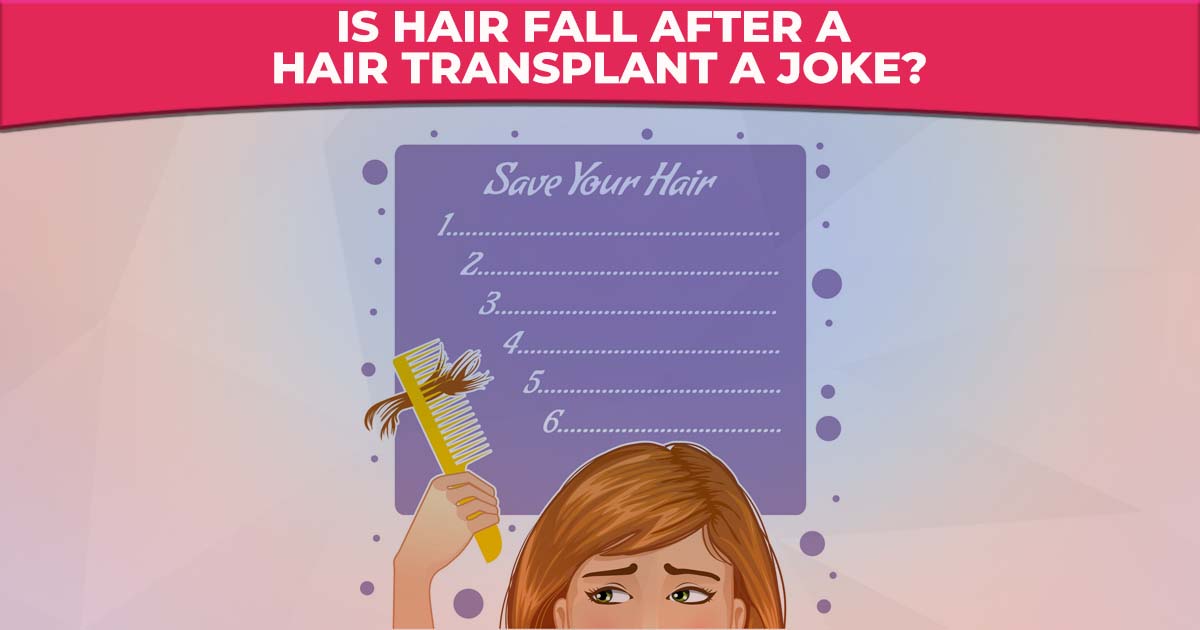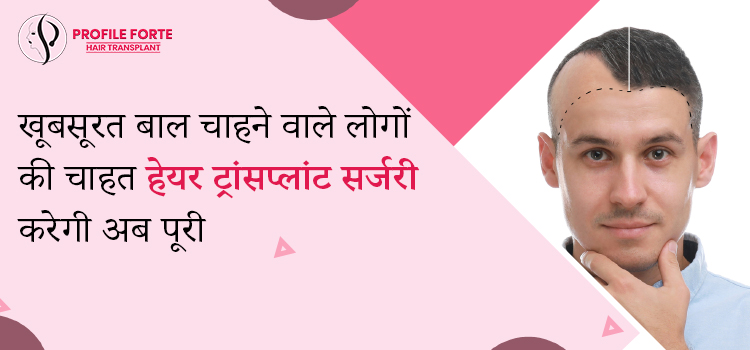It is one of the commonest questions that patients pose before undergoing a hair transplant. Ideally, a hair transplant is currently deemed as the only permanent hair restoration approach, but some patients take time to believe so.
To differ from other hair restoration approaches, a hair transplant is conducted by harvesting hair follicles from one part of the scalp to another. These follicles are commonly removed from the back of the scalp or the sides. In other cases, the follicles are also extracted from the body regions such as the chest, beards, and the hands.
This is Why You Won’t Experience Hair Fall After Your Procedure
During the consultation, a hair transplant surgeon is keen to identify the affected region from the normal region. Precisely, he will clearly identify the donor region and the recipient region.
During a hair transplant, the surgeon takes a good number of hair follicles from the donor region to the recipient region. These follicular units are DHT resistant units. Dihydrotestosterone (DHT) is a hormone that actually triggers hair loss in individuals.
In the real sense, it is this hormone that triggers male pattern baldness or what is termed as Androgenetic Alopecia (AA). This hormone commonly affects the hair follicles located in the crown region, the frontal part, and the midsection of the scalp.
Fortunately, the hair at the back or side of the scalp are resistant and hardly affected by this hormone. These are the donor hairs used during your hair transplant surgery and the new hair won’t fall out or in other words, will remain permanent.
The Other Side of Hair Transplantation
Having undergone a hair transplant, the implanted follicles in the recipient region must fall out. This is certainly part of the hair transplantation process and there is nothing to worry about.
These hairs will fall out in the first 3 weeks, after which the scalp will prepare itself for new hair growth. This re-growth is commonly observed around 3 to 4 months of the hair transplant surgery. However, it may take longer for some individuals depending on their hair growth speed or cycle.
For a normal coverage, it may take a patient 9 months or a year or more, generally depending on his or her hair growth speed. There is also another option of BIO-FUE to speed up the hair growth rate and also obtain optimal hair results.
Other patients may be advised to use Minoxidil or medications to boost hair growth, strengthen their hair, or improve the natural results.




